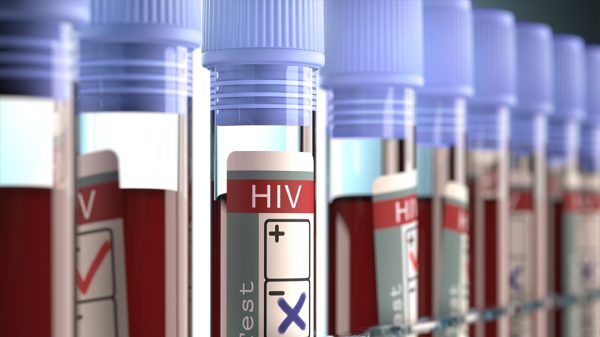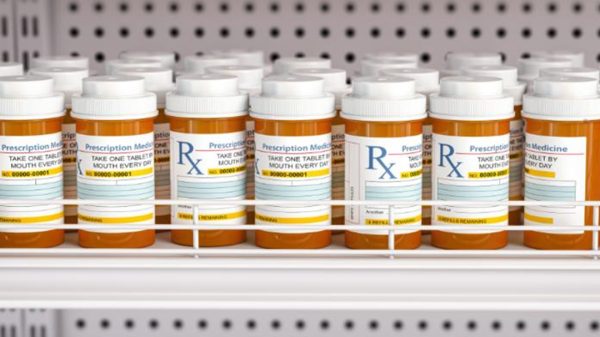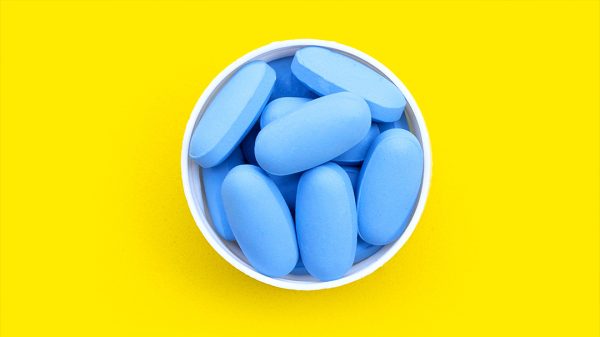Approximately 60.5% of gender minority individuals using gender-affirming body modifications (GABMs) sought out transgender-related health care in the past 12 months, but health problems have been associated with various GABMs.
This is according to a study – Side Effect Profiles of Nonhormonal, Nonsurgical Gender-Affirming Body Modifications” by Ben L. Schwartz, Nguyen K. Tran, Jonathan A. Mayo, et al – that appeared in LGBT Health.
Currently, approximately 1.3% and 0.4% of the US adult population identify as transgender and nonbinary, respectively, with limited data about other gender minority identities.
And according to the researchers, approximately 60.5% of them use GABMs to affirm their gender identity, improving wellness and mental health while facilitating gender euphoria, as well as “offsetting the negative impacts associated with transphobia, cisheterosexism, discrimination, and social othering”. These GABMs used to affirm gender expression include nonhormonal, nonsurgical GABMs like binding, packing, using stand-to-pee (STP) devices, and tucking.
For this study, the researchers sought to describe the sociodemographic characteristics of and side effects experienced by those using GABMs. They conducted a cross-sectional study of The Population Research in Identity and Disparities for Equality Study participants who completed the 2023 Annual Questionnaire. Data on sociodemographics and self-reported side effects were collected and analyzed using descriptive statistics.
Of 6,296 participants, 1,694 reported GABMs including binding (n = 995), packing (n = 590), using an STP device (n = 351), and tucking (n = 265). Each GABM had a distinct side effect profile. Pain (2.0%–48.2% past-year prevalence) and dermatologic concerns (0.5%–23.2% past-year prevalence) were reported across GABMs.
The research found that participants reported health problems associated with each GABM. Particularly:
- Binding and tucking were most likely to be associated with side effects with 66.6% and 43.4% of participants, respectively, reporting at least one adverse effect in the past 12 months.
- Packing and using STP devices have comparably rarer side effect profiles, likely because they cause less physical restriction than binding and tucking.
- Nevertheless, packing and STP devices were associated with self-reported negative health outcomes and should be assessed by clinicians for side effects.
The researchers stressed that “a meaningful number of participants — 1 in 3 people who bind, roughly 9 in 10 people who pack or use STP devices, and nearly 1 in 2 people who tuck — successfully used their GABM of choice with no negative side effects in the past 12 months”. So for them, “more research is needed to understand what practices support symptom risk reduction so that gender minority individuals have the option to use GABMs without experiencing side effects.”
The researchers similarly emphasized the need for clinicians to be more aware of these issues to be able to offer better services.
For instance, pain was a frequent concern reported across GABMs since “the nature of binding and tucking, respectively, is to compress breasts to make them less obvious and to hide penis, testicles, and scrotum to decrease the appearance of male external genitals under clothes” and “these physical actions can result in pain”.
As such, “an important role for clinicians is ensuring that patients can continue GABMs comfortably. GABM-associated pain may be due to incorrect use — for example, using a too tightly fitting binder — which could be mitigated or prevented with nonjudgmental patient counseling. Providers should seek out education to be able to initiate conversations with their patients about reducing harm and maximizing benefit from GABMs.”
This is also necessary since approximately 60.5% of gender minority individuals using GABMs sought out transgender-related health care in the past 12 months, “indicating substantial opportunities for engaging these patients in supportive counseling around GABM use.”
Aside from pain, dermatologic concerns (rashes, skin infections, skin changes, itching, et cetera) were also commonly reported among people using GABMs, suggesting that dermatologists may have an important role to play in caring for them. For the researchers, while GABMs promote mental health and patient safety, they carry a risk of adverse physical health effects. “Providers play a vital role in managing GABM-associated side effects to ensure patients can continue to affirm their gender identities.”






























































